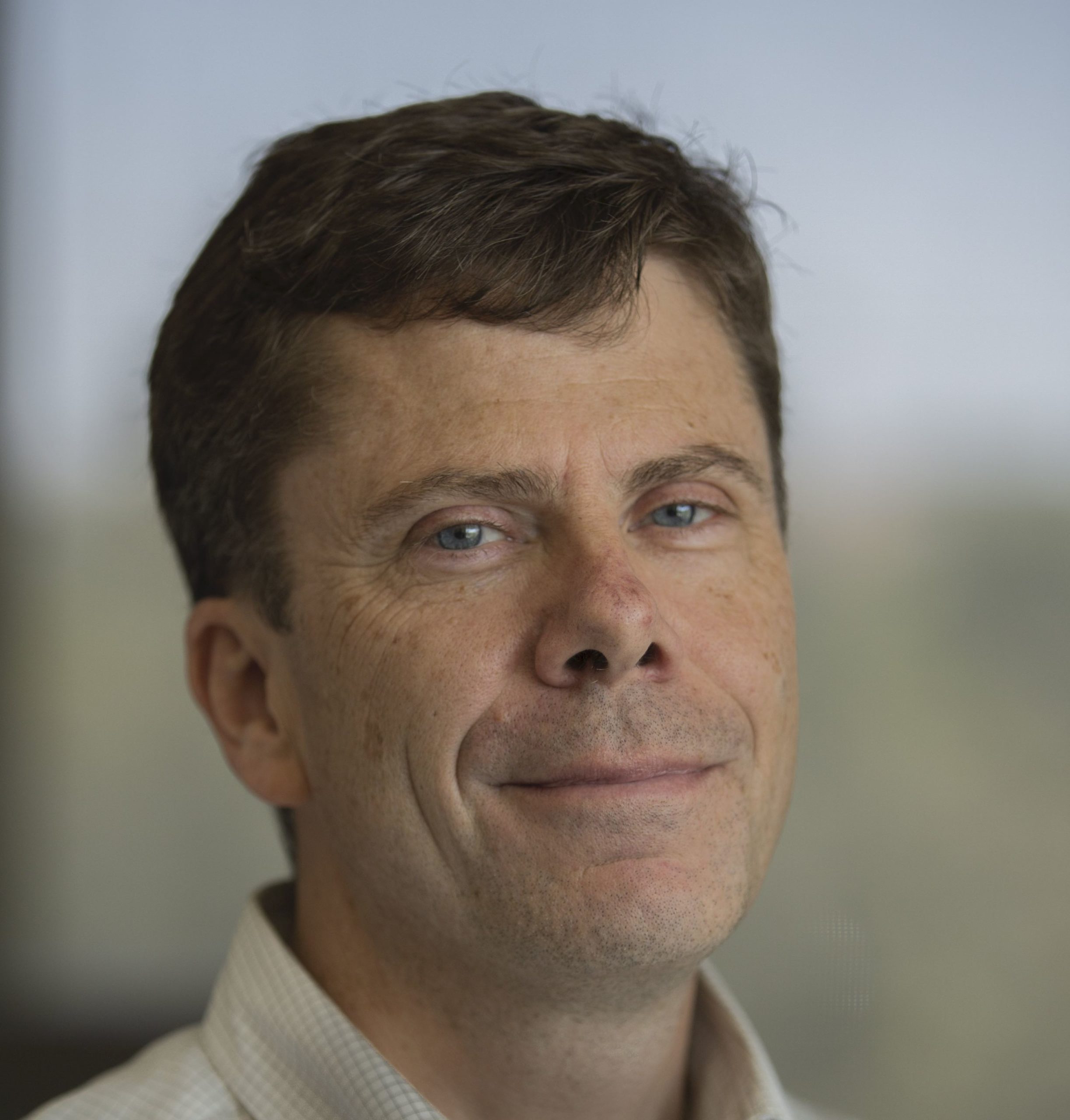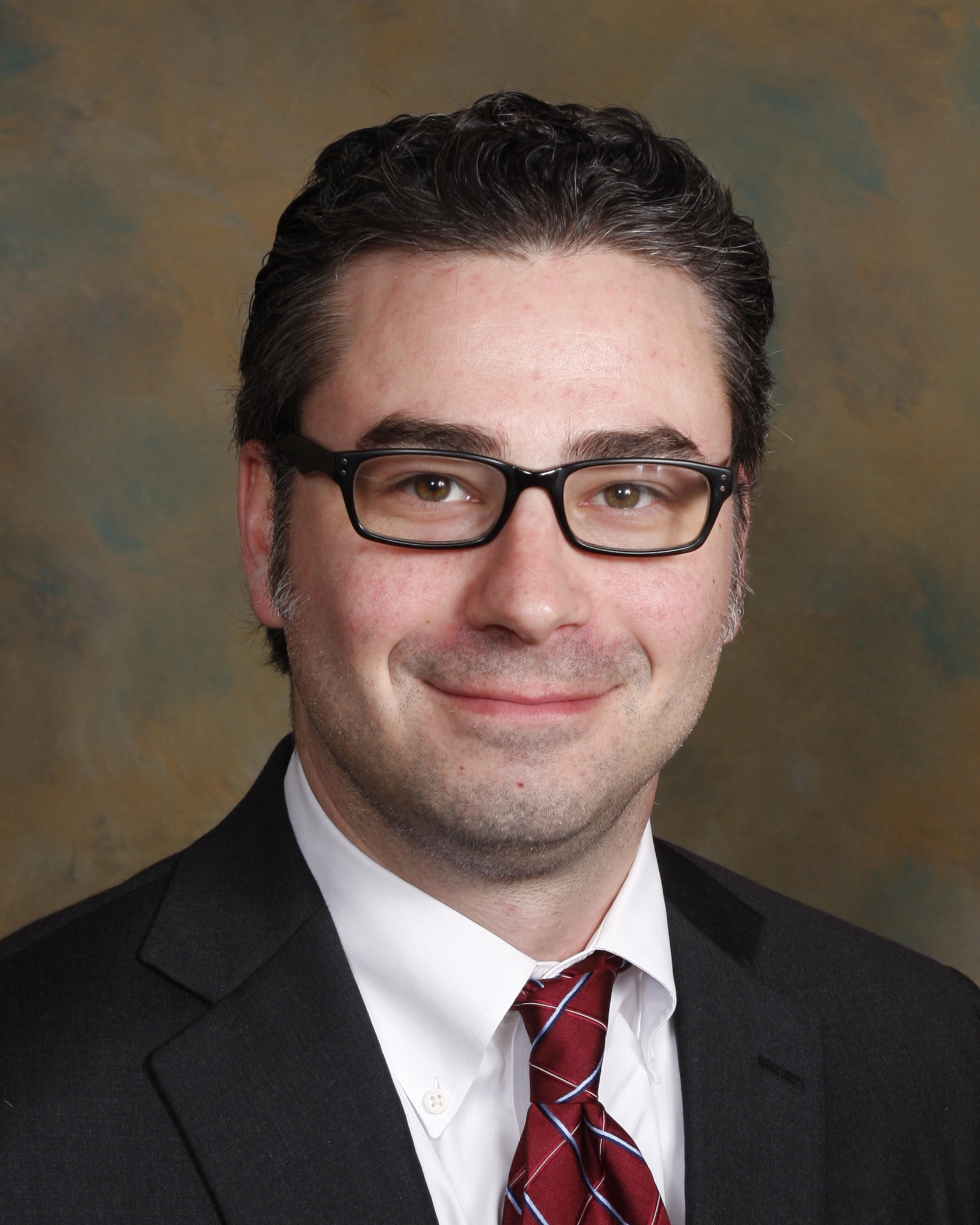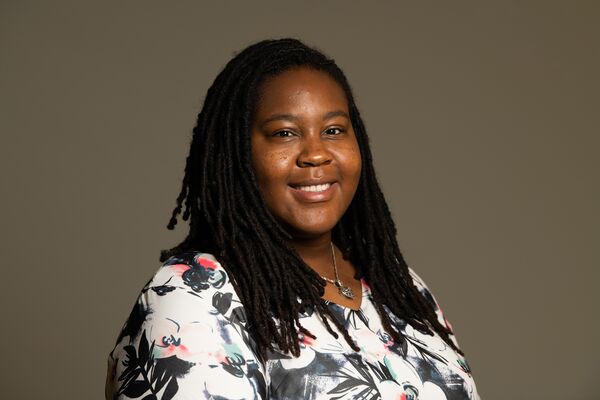Exact Difference Schemes and Recent Advances in Coarse Mesh Methods for Thermal Hydraulics
Via ZoomRizwan-uddin Department of Nuclear, Plasma, and Radiological Engineering University of Illinois at Urbana-Champaign Roots of coarse mesh, or advanced, nodal methods can be traced to “exact finite difference schemes.” After a brief overview of exact finite difference schemes, a nodal scheme will be developed for the scalar convection-diffusion PDE . To address some of the …









